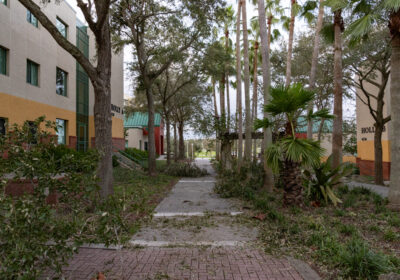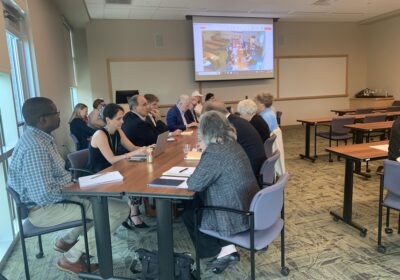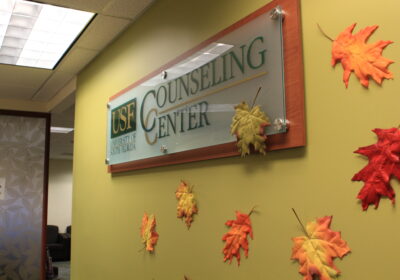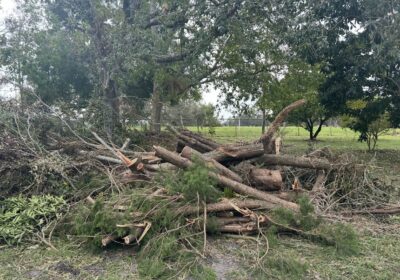Apocalypse lecture series to discuss impending doomsday
The world is set to end Dec. 21, 2012, according to the Maya calendar.
Yet associate anthropology professor Christian Wells, attempted to dispel the myths of an impending doomsday Monday night to kick off a three-day lecture series, Visions of the Apocalypse, hosted by the Humanities Institute.
Today, two leading apocalyptic science fiction writers, Joe Haldeman and Nancy Kress, will be reading and discussing their books about the history of apocalyptic beliefs at 7 p.m. in the TECO Room in the Education Building.
On Wednesday, USF chemistry professor David Merkler and religious studies professor Dell deChant will join Haldeman and Kress for a panel discussion on cultural obsessions with the apocalypse at 2 p.m. in the Marshall Student Center Room 3705.
The doomsday idea was invented by authors, Wells said, and was not something the Maya, an ancient Meso-American civilization, recognized as destruction.
(The Maya) were talking about big universal cycles and renewal and things like that, he said. The whole doomsday thing is a tradition we invented.
These universal cycles involved planet Earth crossing the galactic plane of the Milky Way, he said. On Dec. 21, Earth will move from the bottom to the top of the plane, which happens every 26,500 years.
Once we cross this elliptical plane, people are saying things like there will be a planetary polar shift, where north will become south, there will be an extra pole on the planet and it might cause Mother Nature to go wild (causing) earthquakes, volcanic eruptions, dramatic storm events, he said.
Wells said the only evidence today of the significance of Dec. 21 is the one Maya artifact found in the 1960s by a Mexican manufacturing company after they had bulldozed Maya mounds.
The mounds had hieroglyphics on it that Wells translated as saying the 13th cycle will end, blackness will occur and God will come down out of the sky.
We dont know what that means, he said. Its the only monument that lists this very specific date with this very specific action thats going to happen.
After Earth passes through the plane, he said, the Maya believed the planet would begin again and people would descend into a Hellmouth, or dragon-like creature, which would allow them to emerge into the underworld, where people and the earth were believed to be created.
A lot of archaeologists have been searching for other kinds of texts and depictions of art to attempt figure out how the world will end, Wells said. One particular Spanish document from the 1500s, the Chilam Balam of Chumayel, told a story about the world ending.
Wells spoke Mayan, Spanish and English throughout the lecture as he discussed various apocalyptic imagery in each language. He said the Spanish were influenced by their religion and wrote books surrounding this ideology about the world ending, which carried over generations.
I would call it a case of invented traditions, Wells said. Its really a tradition thats been invented because people took that narrative that the Maya had about the cycle renewing and they tried to interpret it in terms of the world as we know it today.
The Humanities Institute has a science fiction-themed lecture series every year and decided to choose this years theme based on the impending doomsday, Elizabeth Bird, the institutes director, said.
I think its good for students to know what the scientific evidence is, or is not in this case, she said. Its not just about the Maya, but its also about the process of scientific reasoning and rationality. We should look at things based on the evidence, not on crazy notions.






